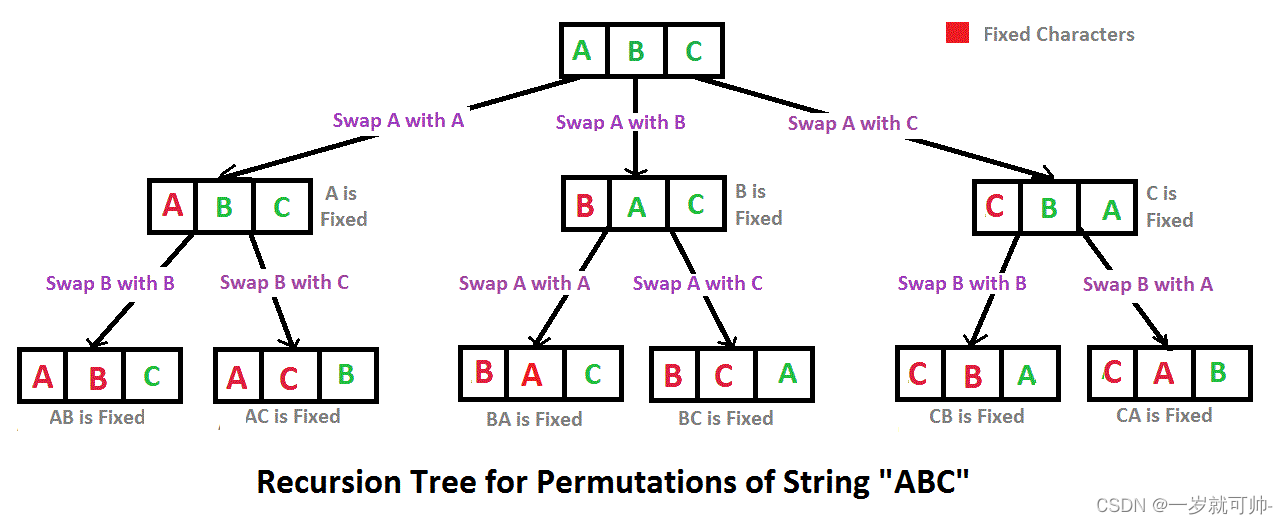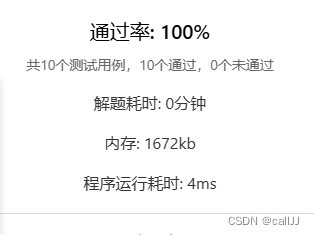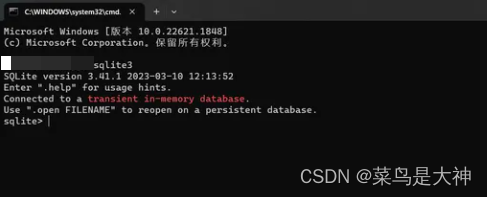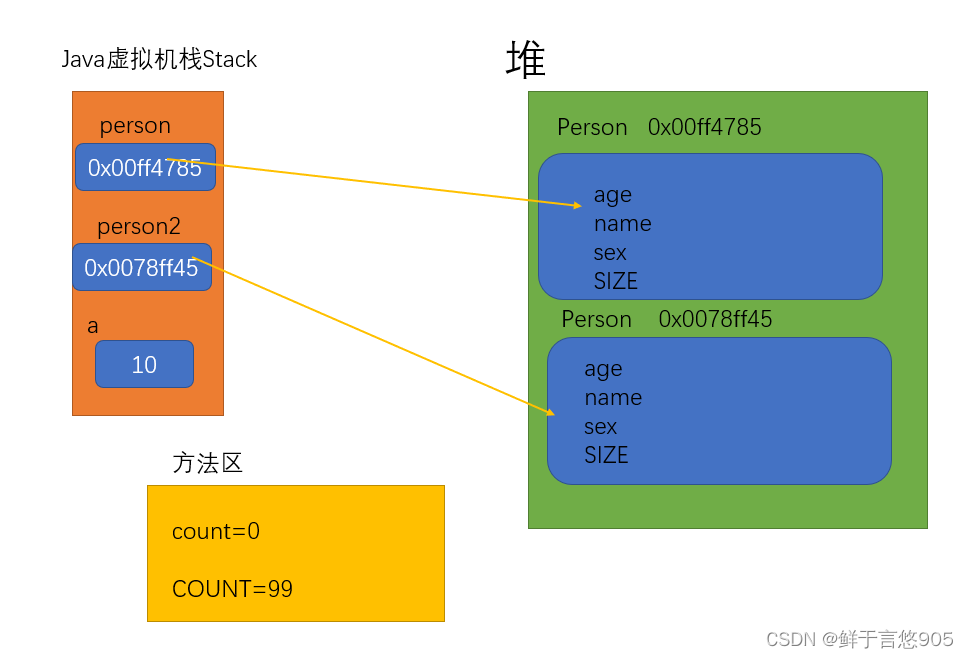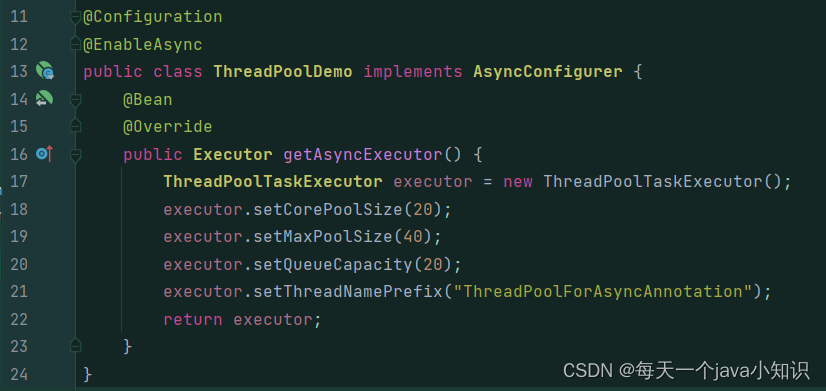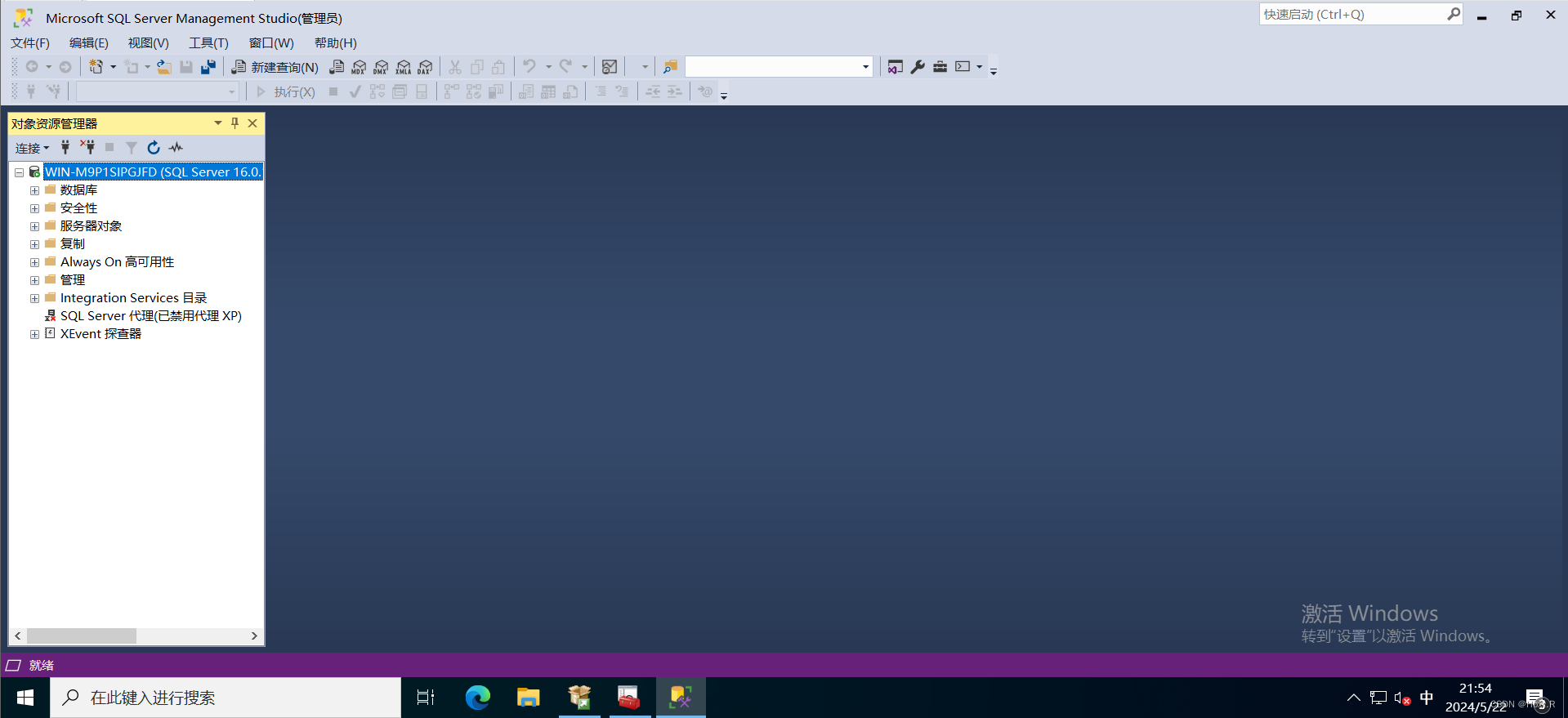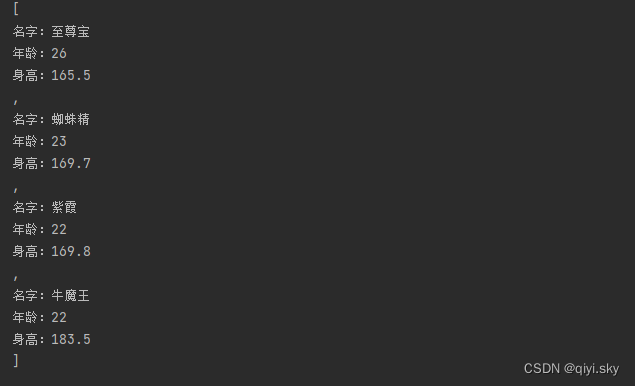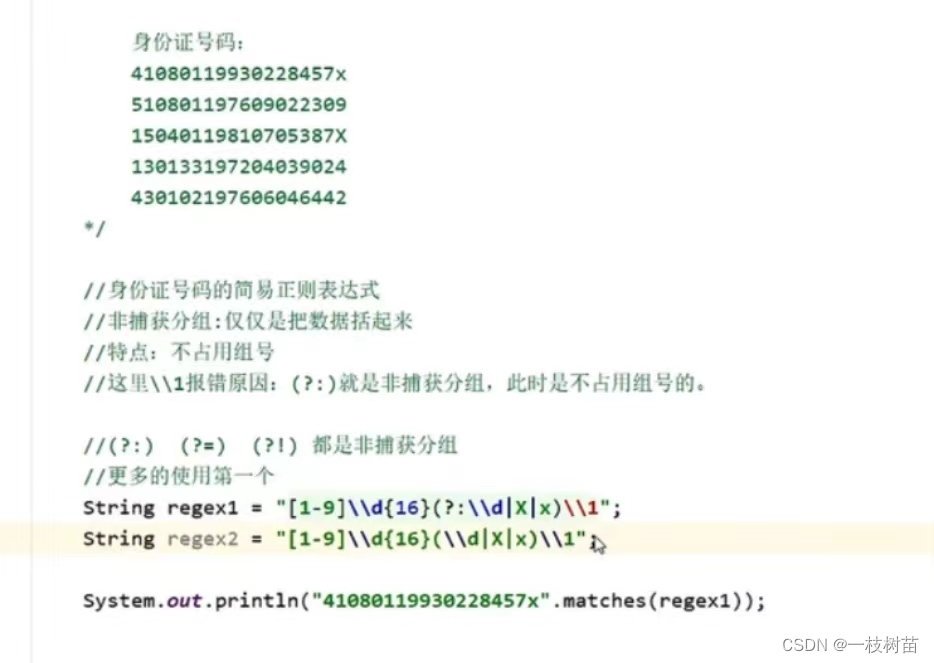目录
模板引擎
新建一个SpringBoot项目
pom.xml
application.properties
Book
BookController
bookList.html
编辑 项目总结
模板引擎
- 模板引擎是为了用户界面与业务数据分离而产生的,可以生成特定格式的页面
- 在Java中,主要的模板引擎有JSP(少用),Thyemeleaf,FreeMarker,Velocity等
- 现在的大趋势是前后端分离开发,但如果自己写一些练手项目,使用模板引擎更快更方便
- Thymeleaf可以快速实现表单绑定、属性编辑器、国际化等功能
- Thymeleaf的基本语法规则:
- 1、基础语法 - Thymeleaf 教程 (hxstrive.com)
- 2、http://t.csdnimg.cn/aFWSO
- 3、http://t.csdnimg.cn/Oa4rZ
- 在此之前,控制器都是直接返回字符串,或者是跳转到其他URL地址,但使用Thymeleaf后,就可以让控制器跳转到项目中的某个 .html 文件
- SpringBoot项目中所有页面文件都要放在 src/main/resources/templates 目录下,静态文件放在 src/main/static 目录下
项目总结
- 添加Thymeleaf依赖:首先,在你的Spring Boot项目的
pom.xml文件中添加Thymeleaf的依赖。这样Spring Boot会自动配置Thymeleaf。- 创建Thymeleaf模板文件:在
src/main/resources/templates目录下创建Thymeleaf模板文件。Thymeleaf使用HTML文件作为模板,你可以在其中使用Thymeleaf的语法来动态渲染页面。- 创建控制器:创建一个Spring MVC控制器,在其中设置需要在模板中渲染的数据。
启动应用程序:运行Spring Boot应用程序,访问控制器中定义的URL,应该会看到使用Thymeleaf模板渲染的页面。
- 在项目开发中将Spring Boot框架、Thymeleaf与Spring MVC的视图技术及SpringBoot 的自动化配置集成在一起非常简便,不需要额外的配置,在开发中只需要关注Thymeleaf的语法即可
新建一个SpringBoot项目

项目结构:

pom.xml
主要引入Thymeleaf依赖
<dependency> <groupId>org.springframework.boot</groupId> <artifactId>spring-boot-starter-thymeleaf</artifactId> </dependency>
<?xml version="1.0" encoding="UTF-8"?>
<project xmlns="http://maven.apache.org/POM/4.0.0" xmlns:xsi="http://www.w3.org/2001/XMLSchema-instance"
xsi:schemaLocation="http://maven.apache.org/POM/4.0.0 https://maven.apache.org/xsd/maven-4.0.0.xsd">
<modelVersion>4.0.0</modelVersion>
<parent>
<groupId>org.springframework.boot</groupId>
<artifactId>spring-boot-starter-parent</artifactId>
<!--最初的3.2.5版本太高了,需要手动降低成2.3.12-->
<version>2.3.12.RELEASE</version>
<relativePath/> <!-- lookup parent from repository -->
</parent>
<groupId>com</groupId>
<artifactId>springboot_thymeleaf</artifactId>
<version>0.0.1-SNAPSHOT</version>
<name>springboot_thymeleaf</name>
<description>Demo project for Spring Boot</description>
<properties>
<java.version>8</java.version>
</properties>
<dependencies>
<dependency>
<groupId>org.springframework.boot</groupId>
<artifactId>spring-boot-starter-web</artifactId>
</dependency>
<dependency>
<groupId>org.springframework.boot</groupId>
<artifactId>spring-boot-starter-test</artifactId>
<scope>test</scope>
</dependency>
<!--添加Thymeleaf依赖-->
<dependency>
<groupId>org.springframework.boot</groupId>
<artifactId>spring-boot-starter-thymeleaf</artifactId>
</dependency>
</dependencies>
<build>
<plugins>
<plugin>
<groupId>org.springframework.boot</groupId>
<artifactId>spring-boot-maven-plugin</artifactId>
</plugin>
</plugins>
</build>
</project>
application.properties
spring.application.name=springboot_thymeleaf
server.port=8080
# 访问template下的html文件
spring.thymeleaf.prefix=classpath:/templates/
# 开发时关闭缓存,不然没法看到实时页
spring.thymeleaf.cache=false
# 设置Thymeleaf页面的后缀为.html
spring.thymeleaf.suffix=.htmlBook实体类
package com.springboot_thymeleaf;
import java.util.Date;
/**
* 实体类
*/
public class Book {
private Integer id;
private String name;
private Date createTime;
private String author;
//getter,setter方法
}
BookController控制器
- Thymeleaf会根据控制器返回的字符串值,寻找templates文件夹下同名的网页文件,并跳转至该网页文件,比如下例,就是跳转到bookList.html文件
在 Spring 框架中,
Model和ModelAndView是用于在控制器中向视图传递数据的两种方式,在 Spring Boot 项目中,通常建议使用Model,因为它更简单直观,适合大多数情况。只有在需要更复杂的场景或更精确地控制视图名称时,才需要使用ModelAndView。
package com.springboot_thymeleaf.controller;
import com.springboot_thymeleaf.Book;
import org.springframework.stereotype.Controller;
import org.springframework.ui.Model;
import org.springframework.web.bind.annotation.GetMapping;
import org.springframework.web.servlet.ModelAndView;
import java.util.ArrayList;
import java.util.Date;
import java.util.List;
/**
* @Controller:这是一个Spring框架的注解,它用于将类标记为控制器(Controller)。
* 使用@Controller注解的类被Spring认为是处理HTTP请求的控制器,
* 并且可以处理来自客户端的请求。它通常与@RequestMapping注解一起使用,用于映射URL路径到相应的处理方法。
*/
@Controller
public class BookController {
/**
* @GetMapping("/books"): 这是一个Spring框架的注解,它用于映射HTTP GET请求到处理方法。
* 在BookController中,@GetMapping("/books")注解表示当浏览器发起GET请求到"/books"路径时,
* 将调用books()方法来处理该请求。books()方法会返回一个ModelAndView对象,用于渲染书籍列表的视图。
*/
@GetMapping("/books")
public String books(Model model){
// 添加两本书的记录
List<Book> books = new ArrayList<>();
Book book1 = new Book();
book1.setId(1);
book1.setName("Spring Boot企业级应用开发");
book1.setCreateTime(new Date());
book1.setAuthor("李白");
Book book2 = new Book();
book2.setId(2);
book2.setName("Node.js Web开发实战");
book2.setCreateTime(new Date());
book2.setAuthor("白居易");
books.add(book1);
books.add(book2);
// 使用addAttribute(String attributeName, Object attributeValue)方法向Model中添加属性。
// 属性的名称是一个字符串,可以在视图中使用它来检索属性值。属性值可以是任何Java对象,例如字符串、数字、集合等。
model.addAttribute("books", books);
return "bookList.html";
}
}
bookList.html动态网页文件
<!DOCTYPE html>
<!--导入Thymeleaf的命名空间-->
<html lang="en" xmlns: xmlns:th="http://www.w3.org/1999/xhtml">
<head>
<meta charset="UTF-8">
<title>图书列表</title>
</head>
<body>
<table border="1" width="100%">
<tr>
<td>序号</td>
<td>书名</td>
<td>作者</td>
</tr>
<!--${}: 变量表达式,Thymeleaf获取一个值的语法是th:text="${title}"-->
<tr th:each="book:${books}">
<!--四个单元格内容-->
<td th:text="${book.id}"/>
<td th:text="${book.name}"/>
<td th:text="${#dates.format(book.createTime,'yyyy-MM-dd')}"/>
<td th:text="${book.author}"/>
</tr>
</table>
</body>
</html>启动项目,浏览器访问http://localhost:8080/books



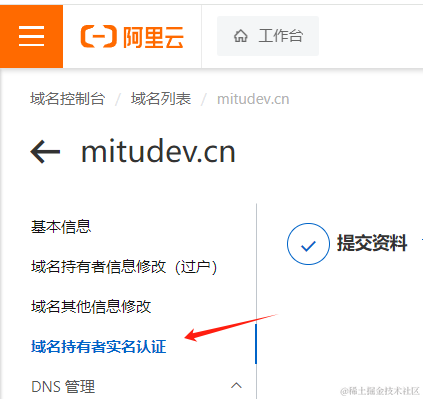
![[Linux]网络原理与配置](https://img-blog.csdnimg.cn/direct/95b67da5db0f44dea8183ba986716fc6.png)

